Multiply using Napier rods.8 × 38
A. 296
B. 304
C. 312
D. 342
Answer: B
You might also like to view...
Solve the problem.You are asked to make some circular cylinders, each with a cross-sectional area of src="https://sciemce.com/media/4/ppg__tttt0613191435__f1q5g5.jpg" alt="" style="vertical-align: -17.0px;" /> and look for the interval in which you must hold x to make  To do this, you need to know how much deviation from the ideal cylinder diameter of
To do this, you need to know how much deviation from the ideal cylinder diameter of  cm you can allow and still have the area come within
cm you can allow and still have the area come within  of the required
of the required  To find out, let
To find out, let  What interval do you find?
What interval do you find?
A. 
B. 
C. 
D. 
Let 

src="https://sciemce.com/media/3/ppg__cognero__2.2_The_Algebra_of_Functions__media__8d1579ce-ab51-4b7f-afd1-d02868ce28c7.PNG" style="vertical-align: middle;" />. What will be an ideal response?
Use the graph of f to sketch a graph of the inverse of f using a dashed curve.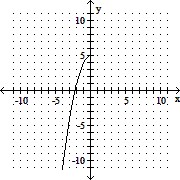
A. 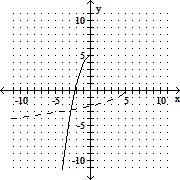
B. 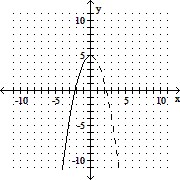
C. 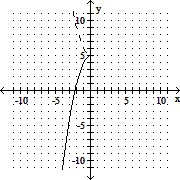
D. 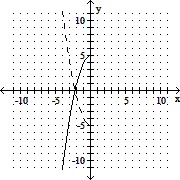
Suppose a population of bacteria is changing at a rate of src="https://sciemce.com/media/2/ppg__cognero__Section_5.2__media__dbe1c3f4-3d34-4c8a-917b-02ae3602c3f4.PNG" class="wirisformula" align="middle" style="vertical-align: middle;" data-wiris-created="true" varid="variable_id_field" variablename="impvar_96b3a422ae89416b8432b3864" /> days. Round your answer to the nearest integer.
?
A. 19,076
B. 9,611
C. 19,826
D. 8,859
E. 9,609

